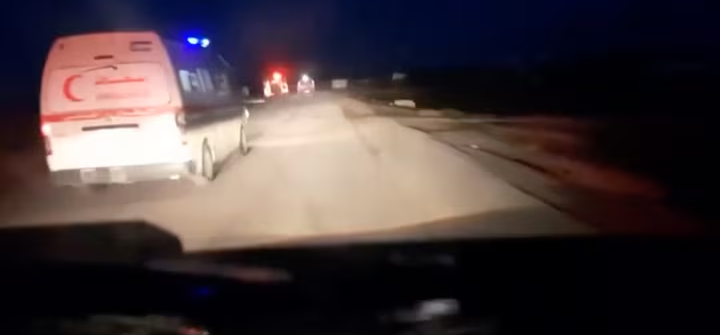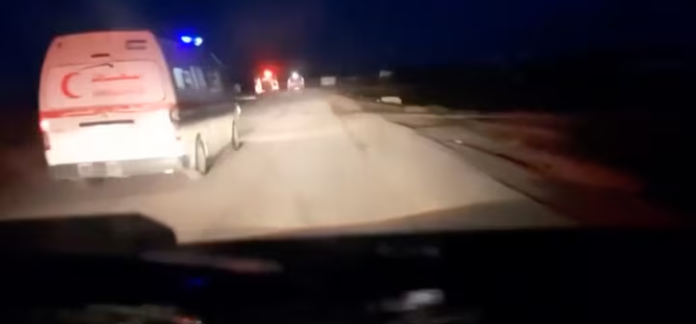The Israeli military has admitted to multiple “professional failures” following the deaths of 15 emergency responders in Gaza on March 23, 2025. The responders—paramedics and rescue workers—were killed in three separate incidents near Rafah, a city in southern Gaza. The bodies were discovered a week later in a shallow grave by teams from the United Nations and the Palestinian Red Crescent.
According to the Israeli army’s official statement released on Sunday, a senior commander will face disciplinary action, while the deputy field commander—a reservist—has been dismissed for submitting an “incomplete and inaccurate” report. The army’s internal review found breaches of orders, operational misjudgments, and poor reporting practices.
The statement explained that soldiers opened fire during the first two incidents due to a perceived threat, believing they were targeting enemy fighters. However, the final shooting was described as a “breach of orders” that occurred under combat conditions. An additional criminal investigation by the military’s legal department is currently underway, which may result in charges.
A particularly damning piece of evidence was a video recovered from the mobile phone of one of the victims. Released by the Palestinian Red Crescent, it shows clearly marked ambulances and fire trucks—lights flashing—being targeted by Israeli troops. The footage suggests that emergency workers were visible and identifiable at the time of the attacks.
Major General Yoav Har-Even, who led the military review, told reporters that troops—mainly from a special forces unit—wrongly identified an ambulance as a Hamas vehicle. Two people were killed in that mistaken strike, and a third was detained on suspicion of Hamas ties. He was released after further questioning.
The Israeli military has long claimed that Hamas embeds its fighters among civilians and sometimes uses ambulances for operational purposes. However, military officials insist that troops are trained to distinguish between genuine emergency vehicles and enemy threats.
Military spokesman Effie Defrin described the setting as a “complex combat zone,” but acknowledged the attack was a grave error. He added that there was no attempt to conceal the incident, which was promptly reported and shared with international partners.

Har-Even said that in the second attack, soldiers fired on a group of individuals emerging from a fire truck and ambulances, misidentifying them due to low night-time visibility. Drone footage presented to reporters showed Israeli soldiers firing from roughly 30 meters away.
Survivor Munther Abed, a paramedic, has confirmed the account, stating that troops fired on vehicles that were clearly marked and had their emergency lights on.
The military has alleged—without releasing evidence—that six of the 15 emergency responders were later identified as Hamas operatives. Hamas has denied these claims.
In a related incident, troops also fired on a UN vehicle about 15 minutes later. The army called this another “operational error,” and said the vehicles were crushed after bodies were removed to clear the road.
Despite the severity of the events, the Israeli military maintains that there was no deliberate attempt to cover up the shootings and said that communication with the UN and other humanitarian groups has been ongoing.



